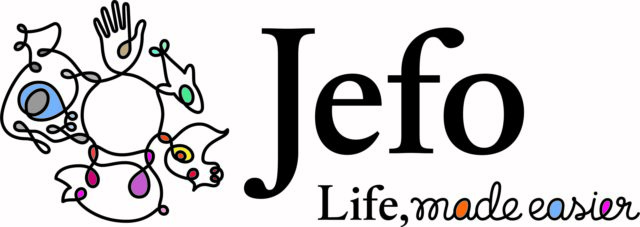The University of Wisconsin School of Veterinary Medicine recently treated a cow's damaged teat by using a technique developed to address urethral sphincter failure in humans, which causes urinary incontinence. This might be the first time the procedure was conducted on a cow, according to the professor who initiated the treatment.
Ethan Heinzmann, genetics and dairy manager at Golden Oaks Farms in Wauconda, Illinois, brought show cow Vertigo to UW Veterinary Care after she started leaking milk from her back left teat. She had damaged it, possibly by catching it under her hoof, sometime during her previous lactation.
Vertigo’s leak led to chronic, low-grade mastitis and sidelined her from competition. Heinzmann was set on getting Vertigo back in the show ring, where she has won her class in the past.
“It was also very important to us to do what was in the best interest of keeping her healthy,” says Heinzmann.
Following a physical exam and analysis of ultrasound images, Dr. Samantha Morello, clinical assistant professor of large animal surgery, discovered that the sphincter at the end of Vertigo’s teat was failing.
She surmised that bulking up the tissue in that area might provide enough compression to keep it closed when not being milked. She began to investigate tissue-bulking methods used to treat other conditions in animals, and her research eventually led to the human side of medicine.
“A good friend of mine, Dr. Heidi Brown, is a urogynecologist at UW Health,” says Morello. “I thought some of the things she does for incontinent women might work in this case.”
Brown connected Morello with Dr. Dobie Giles, UW Health’s chief of female pelvic medicine and reconstructive surgery.
After assessing ultrasound images and anatomical photos of the teat, he determined that Vertigo’s condition was similar to urethral sphincter failure in humans. Giles posited that a treatment for that condition might help Vertigo as well.
In this procedure, Giles injects Macroplastique around the urethra, which implants a rubber-like silicone elastomer material that bulks the tissue and creates a tighter seal.
Giles came to UW Veterinary Care to collaborate with Morello on the procedure. Using ultrasound images as a guide, they injected the tissue in three places around the end of the teat to tighten the seal.
Vertigo stayed at UW Veterinary Care for a few days to make sure she didn’t react poorly to the injection and to let post-operative swelling subside so they could verify that the elastomer stopped the leak.
When Vertigo was later hooked up to the automatic milking machine, she milked without a problem.
According to Heinzmann, the infection has not reoccurred, and although the teat still poses challenges, he is pleased with the outcome. He says there’s a good chance Vertigo will be competitive again this year. PD
Summarized from an article by Nik Hawkins, University of Wisconsin – Madison School of Veterinary Medicine.



